Historical past is filled with unsolved ancient Egyptian mysteries, together with why considered one of their gods seems to be like a snake with a pair of legs. Think about attending the divine design assembly the place this uncommon historical Egyptian god was conceptualized: “So we’ll give him the physique of a serpent, however with human legs… or generally a human physique with a serpent’s head.”
Whereas this would possibly sound like the traditional equal of a mythological mash-up, Nehebkau was severe enterprise. This wasn’t some quirky aspect character in Egyptian mythology; this was a deity who initially struck worry into the hearts of each mortals and gods alike.
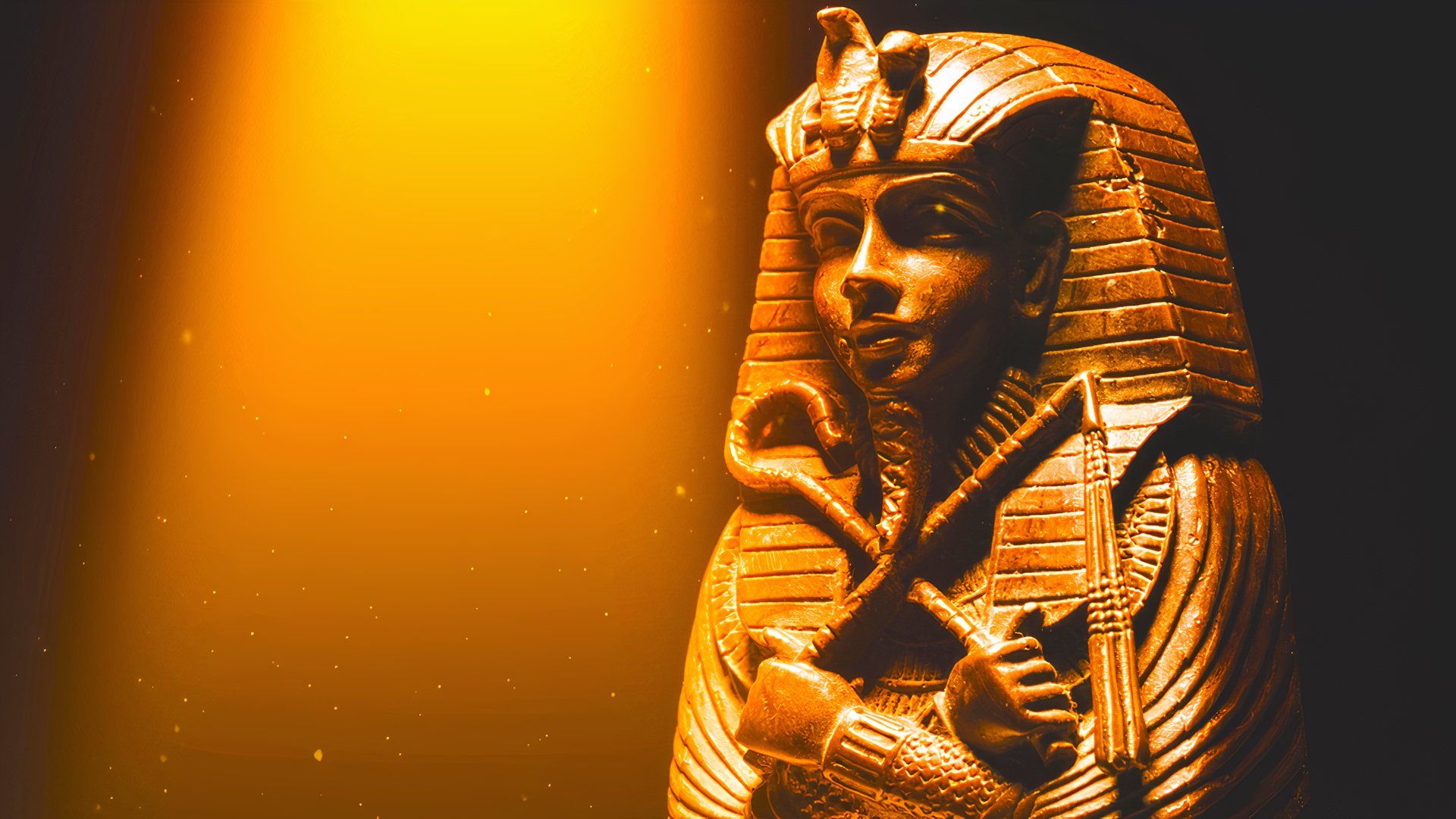
Associated
Folks have been in search of the Tomb for 3800 years. Has this group of researchers lastly discovered it?
Nehebkau, The Uncommon Historical Egyptian God With A Divine Id Disaster
An historical egyptian carving of Nehebkau
Among the many countless things to know about Ancient Egypt is their penchant for calling issues as they’re. Nehebkau’s identify alone provides us a spectacular perception into his divine job description. Variously translated as “he who harnesses the spirits,” “supplier of products and meals,” or the delightfully ominous “collector of souls,” this uncommon historical Egyptian god wasn’t precisely handing out enterprise playing cards at networking occasions. His identify combines “neheb” (to harness or yoke) with “kau” (spirits or life forces) – primarily marking him because the supernatural liaison between physique and spirit.
When Nehebkau first slithered onto the scene within the Pyramid Texts, he wasn’t profitable any recognition contests. Described as a “multitudinous of coils” serpent with a penchant for devouring human souls, he was the afterlife’s most feared resident. Even the mighty solar god Ra took precautions, particularly designing his boats to be wind-powered to flee Nehebkau’s many coils. When a solar god builds particular transportation to keep away from you, that is when you understand your repute precedes you.
However here is the place Nehebkau’s story takes an enchanting flip. According to the Coffin Texts, the creator deity Atum apparently obtained uninterested in Nehebkau’s troublemaking and selected a quite unorthodox intervention. Atum positioned his fingernail towards a nerve in Nehebkau’s backbone, immediately remodeling him from terror-inducing demon to benevolent protector. That is flipping the script on the previously terrifying demonic presence!
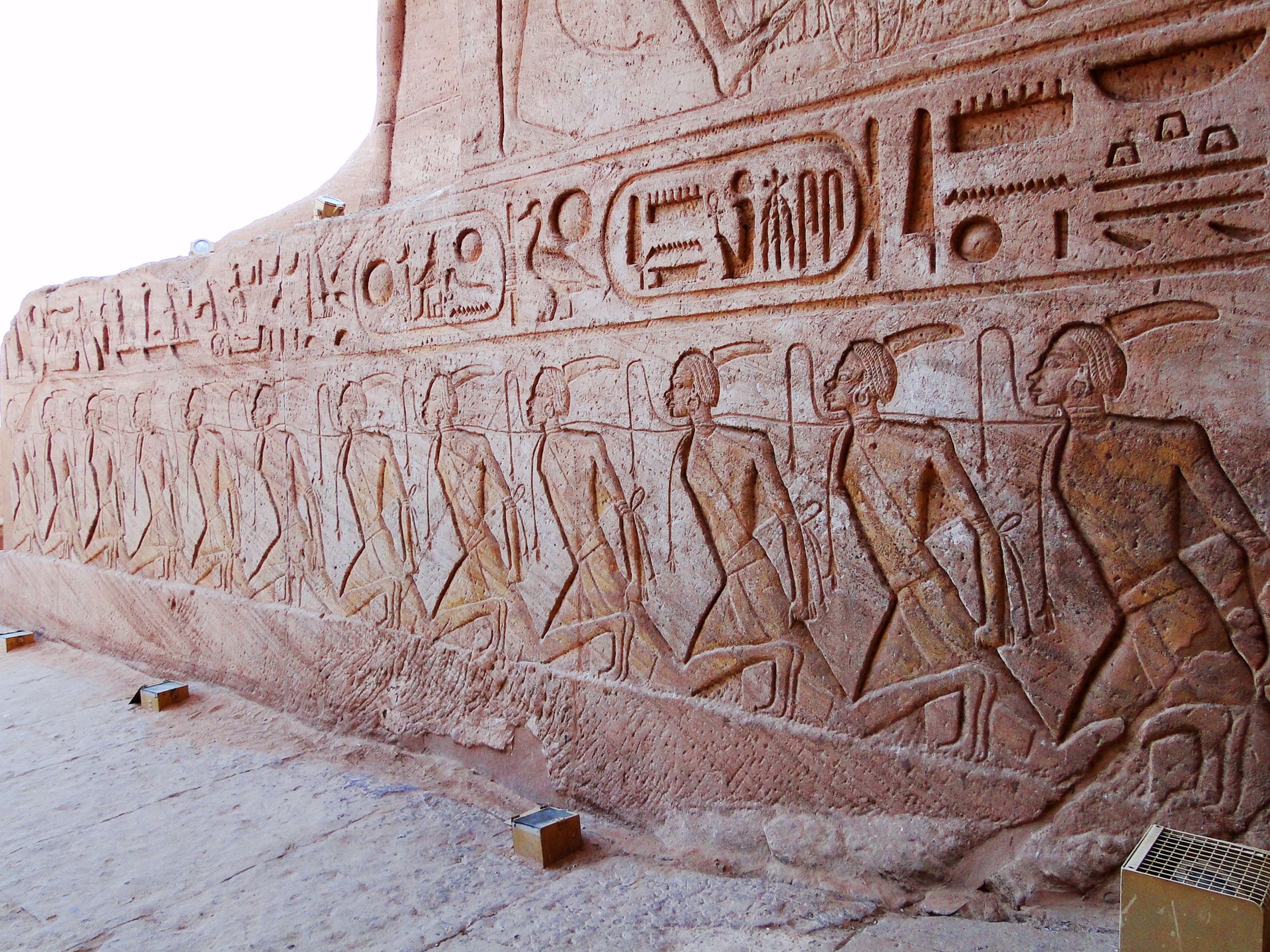
Associated
Ancient Egypt’s Brutal Working Conditions Revealed In New Discovery That Shook Archaeologists
Findings uncovered within the gold mines of Ghozza are shedding a darkish gentle on one of the vital highly effective historical civilizations.
The Evolution of Nehebkau From Demon To Protector
A Picket Determine of Nehebkau
After his spectacular perspective adjustment, this uncommon historical Egyptian god underwent fairly the profession change. From soul-devouring menace to cosmic protector, that is what you name a divine redemption arc. Nehebkau was appointed as one of many forty-two assessors of Ma’at, the divine judges who decided whether or not deceased souls deserved everlasting peace. Basically, he went from desirous to eat your soul to deciding if it was worthy of paradise.
Put up-transformation, Nehebkau took his new duties severely. He absolved souls of sin, nourished the deceased with foods and drinks, and most crucially, provided the dead with “ka” (the life power distinguishing the dwelling from the useless). With out his blessing, souls could be stranded in a supernatural limbo, unable to finish their journey by the underworld. Not precisely a minor position within the grand scheme of issues.
The serpent type wasn’t simply an aesthetic selection, both. In historical Egyptian tradition, serpents symbolized renewal by their shedding pores and skin, safety by their fierce defensive skills, and transformation by their connection to life cycles. Nehebkau’s serpentine look completely embodied his position as guardian of the brink between life and the afterlife; a divine bouncer who determined who obtained into the unique membership of everlasting peace.
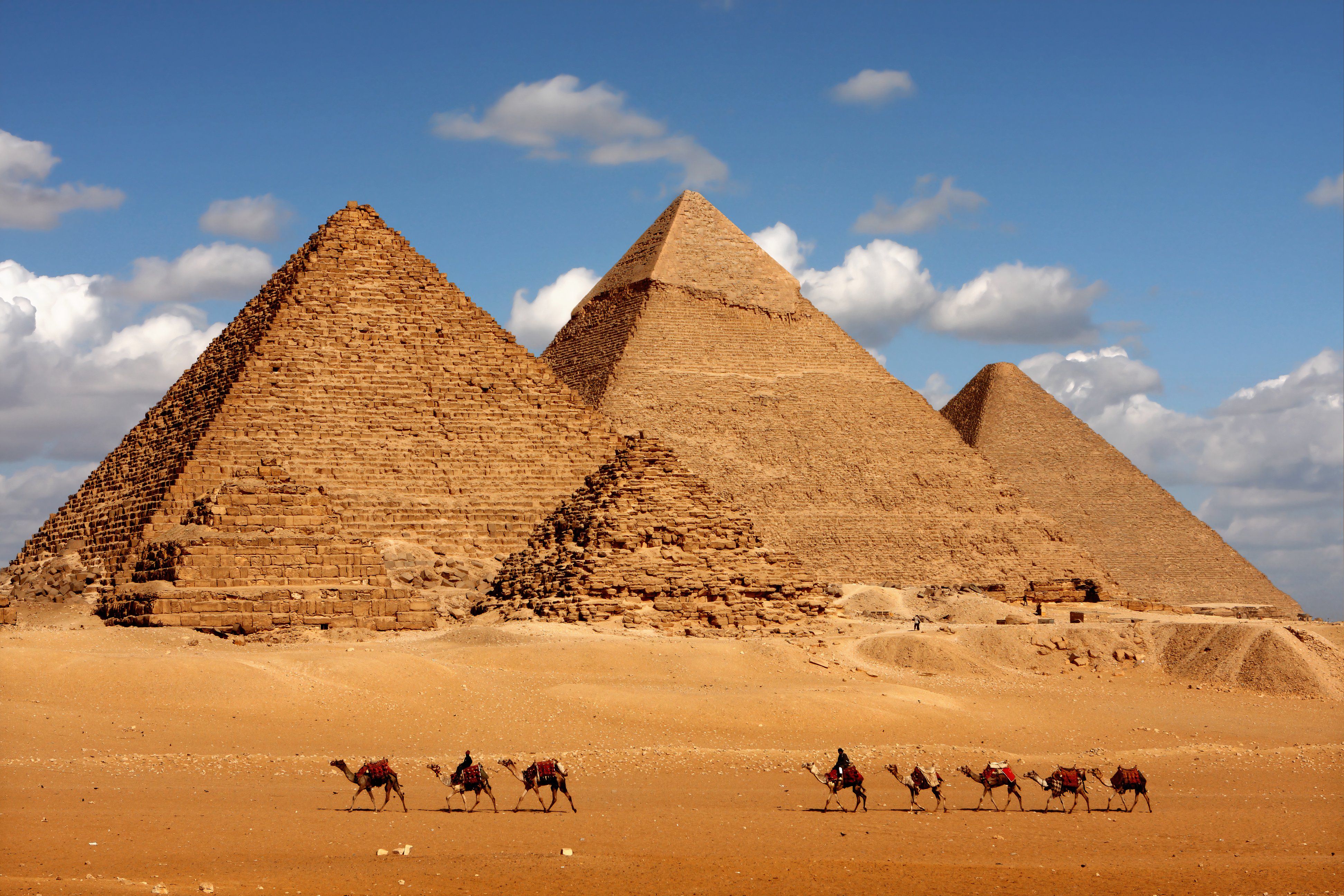
Associated
One Of The Oldest Egyptian Pharaohs Is Still Missing, Despite Scientists Knowing Where His Grave Is
Pharaoh Khufu is considered one of Egypt’s most well-known pharaohs as a consequence of his magnificent tomb, however his physique won’t exist anymore.
From Funeral Guardian To Competition Star
Nehebkau wasn’t simply an enchanting mythological determine. He had sensible significance in each funerary practices and common non secular observances. As a funerary deity, he performed a vital position in making certain the deceased efficiently navigated the perils of the underworld. Magical spells invoking Nehebkau’s protecting powers had been inscribed on tomb partitions and papyri, searching for his help in binding the ka to the physique and safeguarding the soul’s journey.
For the dwelling, Nehebkau’s festival was a big occasion within the Egyptian non secular calendar. Celebrated since not less than the Center Kingdom, the pageant occurred both 9 days after the pageant of plowing the earth, on the primary day of the primary month of winter, or in the course of the coronation of the king within the Ramesside interval (historians nonetheless debate the precise timing). Competition individuals would have fun by consuming hsjitt vegetation and truffles product of khersait vegetation, turning divine worship right into a culinary expertise.
The Legacy Of An Uncommon Historical Egyptian God
A Illustration of Nehebkau
What makes Nehebkau significantly fascinating is his dramatic evolution from chaos to order, from enemy to ally. The worship of this uncommon historical Egyptian god persisted for thousands of years, along with his picture showing on amulets from the New Kingdom’s third intermediate interval and past. These artifacts, typically present in burials, testify to the enduring perception in Nehebkau’s protecting powers and his essential position in guiding souls to everlasting relaxation.
This uncommon historical Egyptian god might need began as only a “snake with legs,” however his cultural and spiritual significance prolonged far past his peculiar look, leaving a legacy that continues to fascinate students and mythology fans.

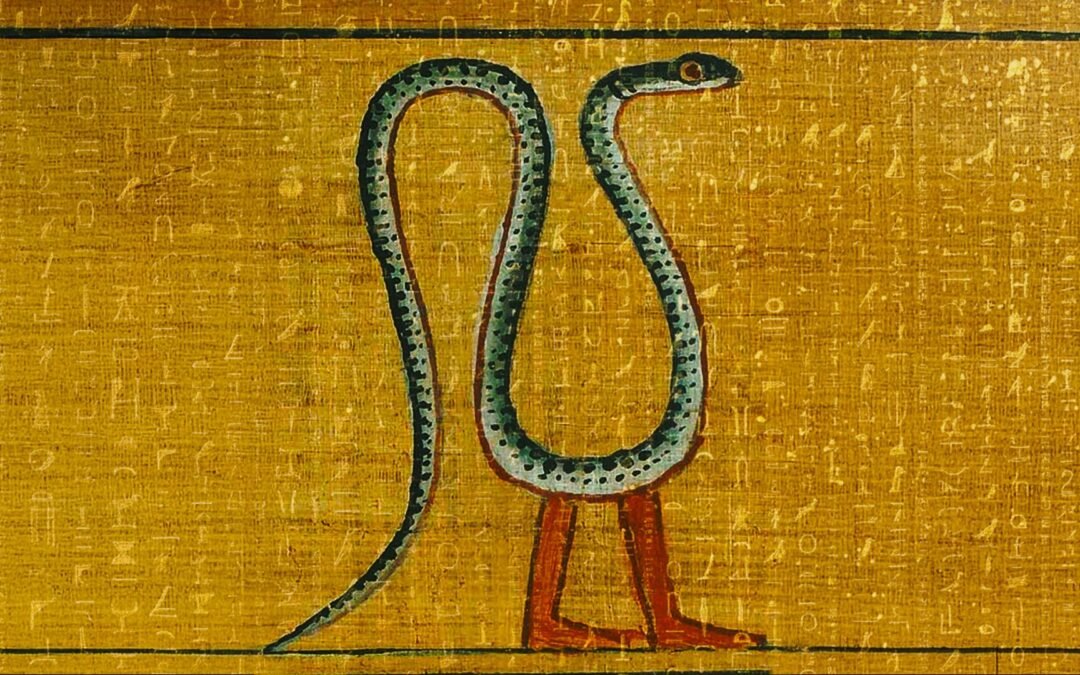
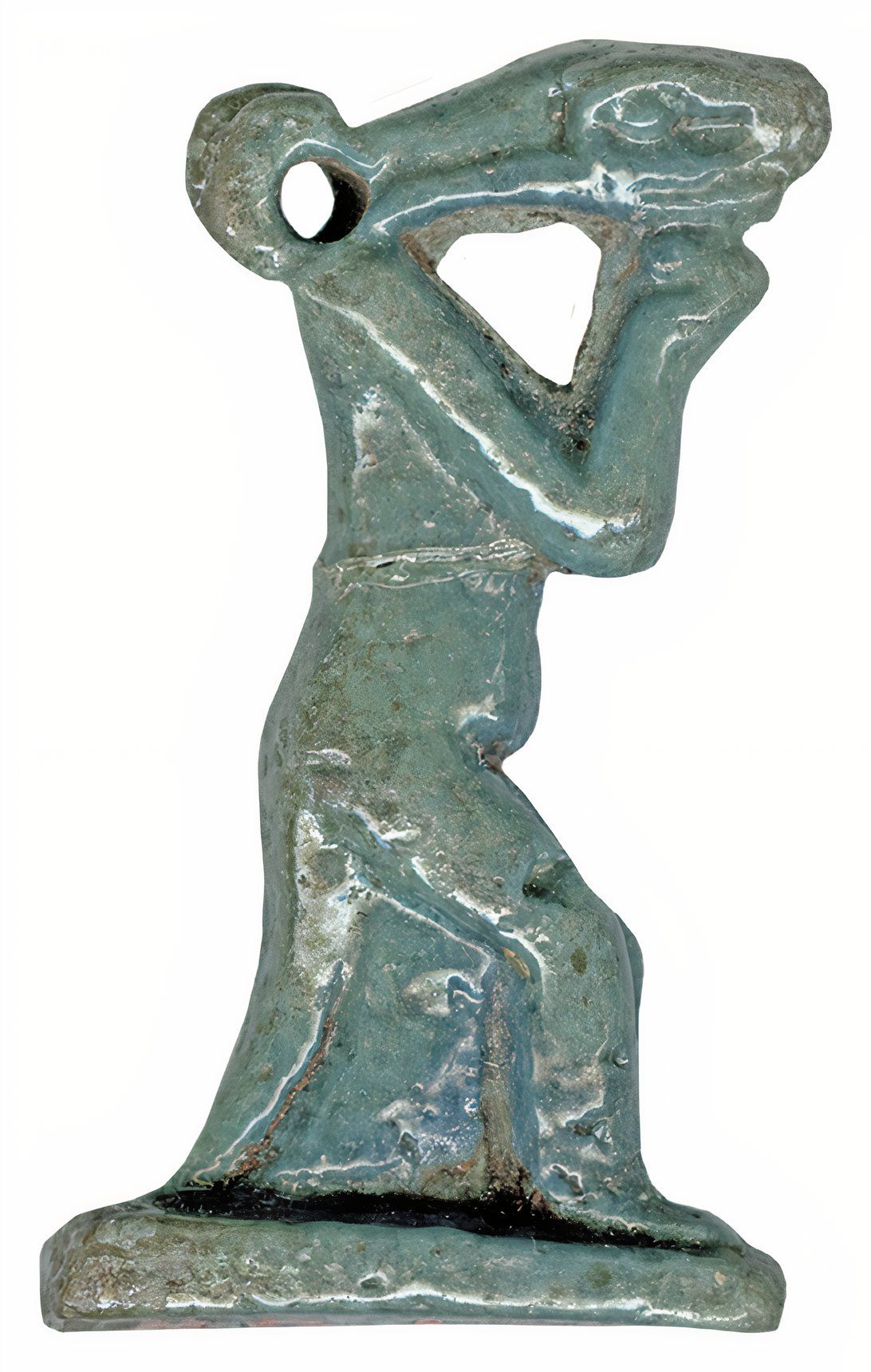
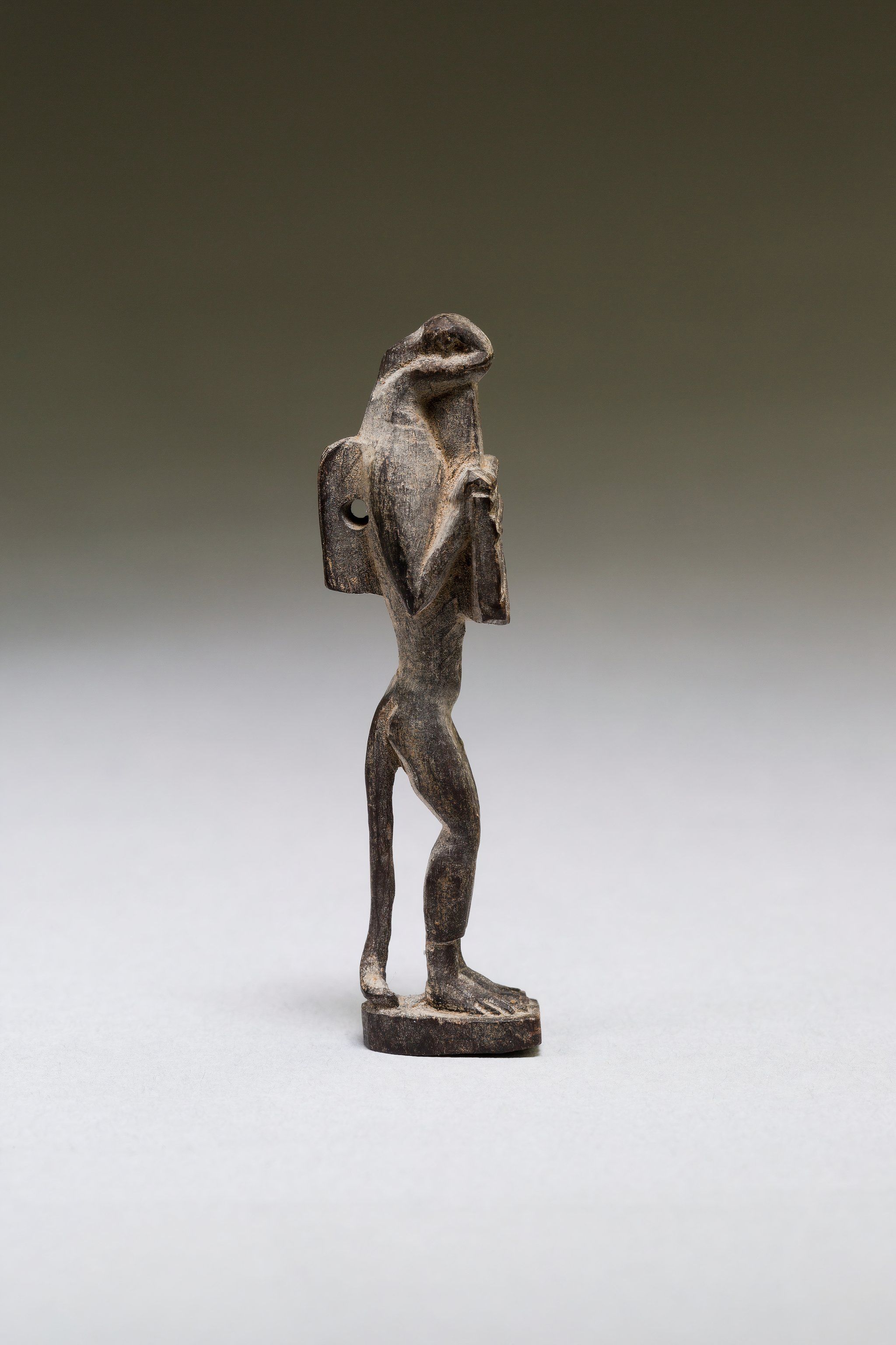
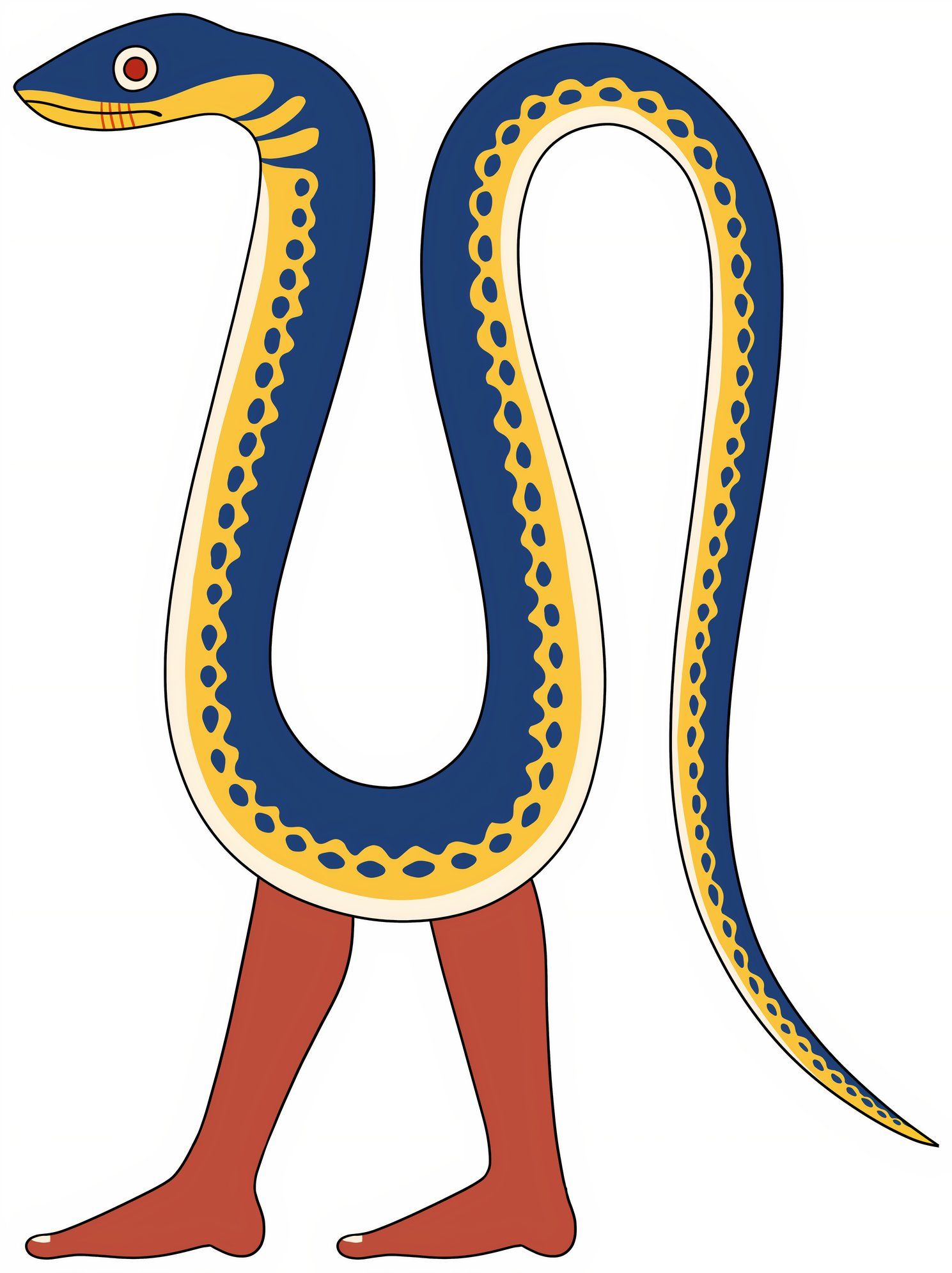

Recent Comments